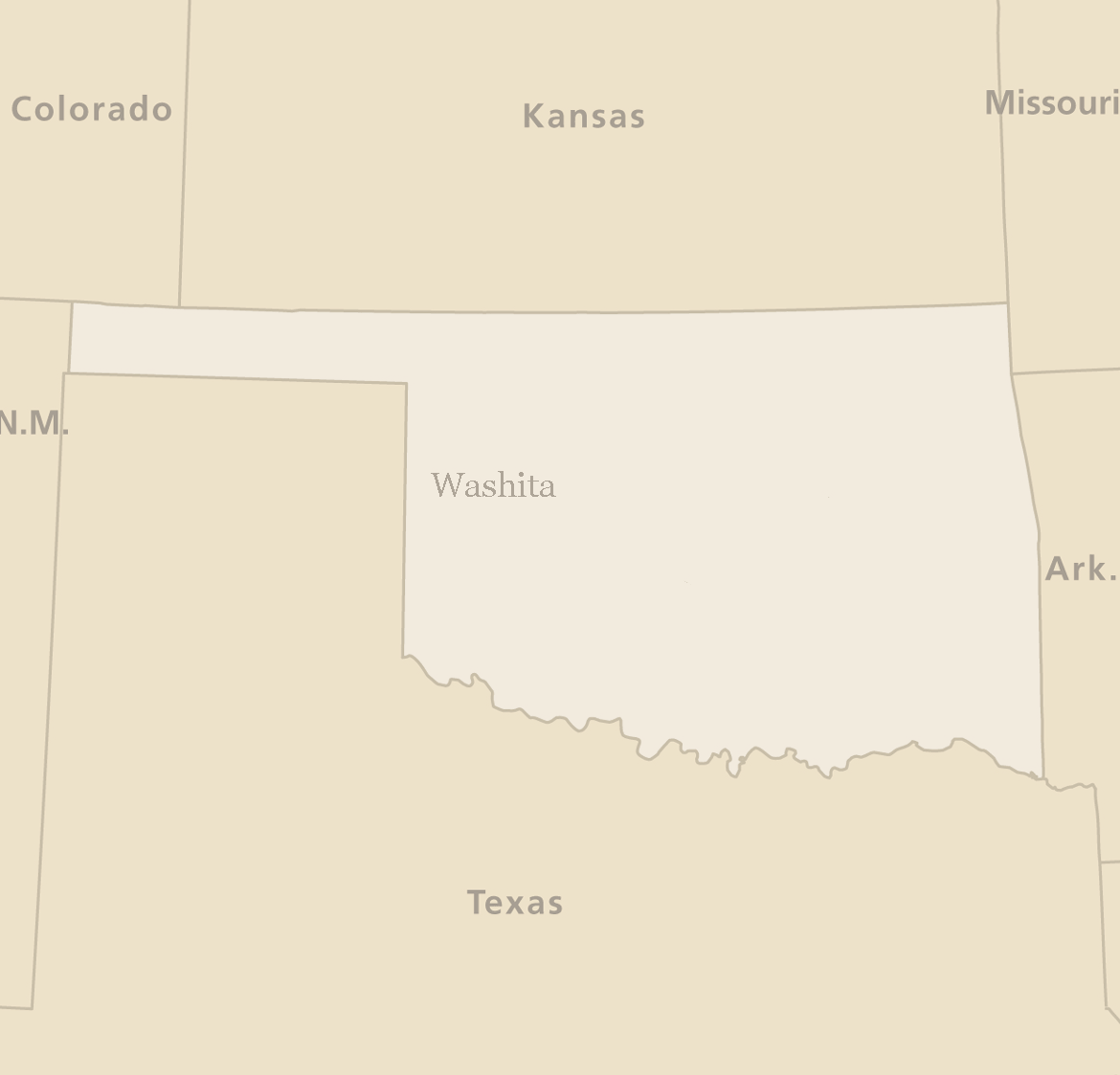Historiography:
Constructing the History of a "Battle"
The language associated with Washita is deeply entrenched in the historical record. In recent years, the designation of Washita as a "battle" or "battlefield" has come under controversy. As people think about the historical account, with the benefit of time, it is evident that the collective understanding of Washita did not include all perspectives. Native Americans never considered Washita a battlefield and now others are realizing that the historical record was flawed because it did not always incorporate multiple or diverse interpretations.
Through the writings and documents associated with the figures below, it becomes more clear how the term "battle" entered the history books and how it was perpetuated until it became entrenched in public commemorative sites.
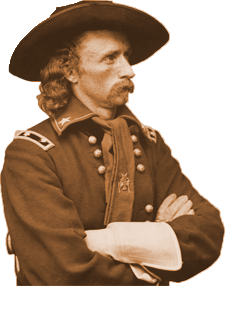
George Armstrong Custer
(1839-1876) is one of the most famous 19th-Century historical figures due to his contributions in the Civil War followed by his reputation as an Indian fighter and finally because of his route at Little Big Horn just days before the country's Centennial celebration. Custer enjoyed almost one hundred years of patriotic glorification in popular historical accounts and public memorials before his reputation was reconsidered by most historians. He is significant in the historiography of Washita because he led the Seventh Calvary's attack on the Cheyenne village and then wrote the first history when he sent a dispatch to General Sherman describing the attack. He and Sheridan then collaborated to send a report to General Sherman and the federal government. He also wrote a favorable account of his conduct at Washita in his memoir My Life on the Plains.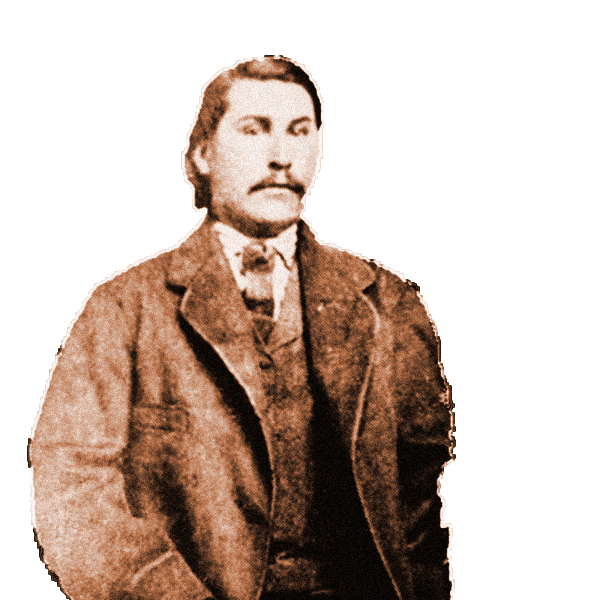
George Bent
(1843-1918) was the son of famous Western trader William Bent and a Cheyenne named Owl Woman. He was caught between two cultures but his American schooling put him in a position to work as an interpreter for the Department of Indian Affairs. He was present at the Sand Creek massacre and was a source that informed much of the Cheyenne history written at the turn of the 20th Century. He worked with George Bird Grinnell and Grinnell's colleague George Hyde to write Southern Cheyenne history. Bent is a complicated figure because he served in the Confederate army during the Civil War and later converted to a Cheyenne Dog Soldier following the Sand Creek massacre. The Dog Soldiers raided white settlements on or near Great Plains. Bent's legacy among the Cheyennes is mixed because he was involved as an interpreter for the government and sometimes did not have the tribe's best interests in mind. Nevertheless, the book of letters that George Hyde edited and published, largely informs much of the Cheyenne history written by contemporary historians. Both Hyde and Bent refer to Washita as a "battle" in Life of George Bent: Written from His Letters.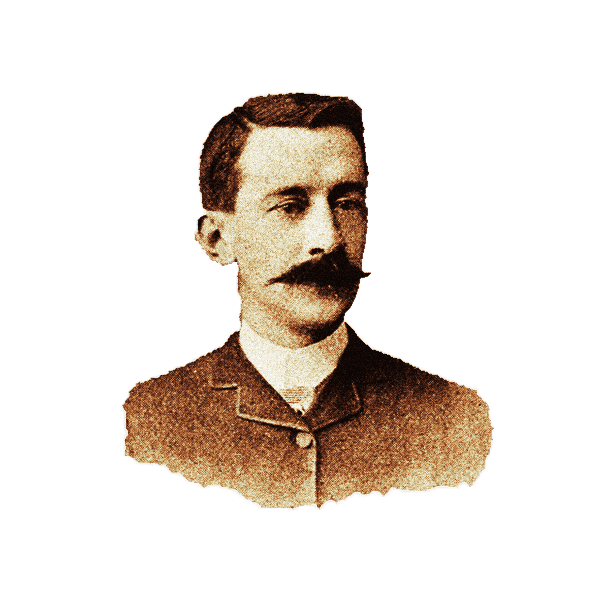
George Bird Grinnell
(1849-1938) was an ethnographer, naturalist, and historian. He worked among many tribes of the West but spent much of his life with the Cheyenne and he helped write their tribal history in the early 20th century. Grinnell's work informs most histories written about the Cheyennes and about the conflicts they encountered on the 19th Century plains. His work was critical in documenting Cheyenne history before their traditional way of life was overtaken by westward migration and modernity. Grinnell was an extraordinary scholar and gave new insights into the struggles of the 19th Century Cheyenne which would change the way most historians understood the so-called "Indian Wars." Grinnell is not guilty of perpetuating one-sided interpretation of Washita, rather much of his work allowed for a new conversation to take place. However, when Grinnell wrote about Washita in his influential The Fighting Cheyennes, the chapter was named: "The Battle of Washita." This is significant because historians who were careful to consider Native American perspectives respected Grinnell's work but they also cited it and used terminology that was entrenched over time.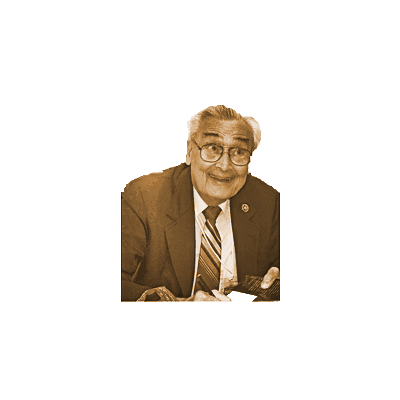
Robert M. Utley
(1929- ) is one of the most influential American Western historians. Utley has published at least eighteen books on the American West and most of his publications emphasize military history for both academic and popular history audiences. He is a founder of the Western History Association and its journal the Western Historical Quarterly. Utley previously served as Chief Historian for the National Park Service and continues to serve on advisory boards for the NPS. Utley’s influence on American Western history and the language related to it cannot be understated when attempting to understand how interpretations endure in the face of controversy.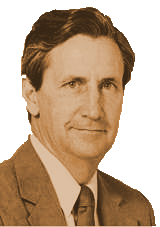
Stan Hoig
(1924-2009) was a native Oklahoman and continues to be one of the most respected 20th century historians of the Plains Indians and the related military history. He made several significant contributions to Native American history and challenged traditional interpretations. Hoig was clear that he considered Custer's attack at Washita a massacre; however, curiously, he continued to defer to traditional language associated with Washita when he wrote about it.Charting Word Frequency in Published Works through Time
- Below, Google's NGram Viewer was used to graph how often common phrases associated with Washita appear in published works. The results reveal that "Battle of Washita" was favored in published works over "Washita Massacre" until recent times.
- The graph below demonstrates how "massacre" has creeped into the Washita terminology. This equation shows how "Washita Massacre" has improved its frequency at the expense of "Battle of Washita."
